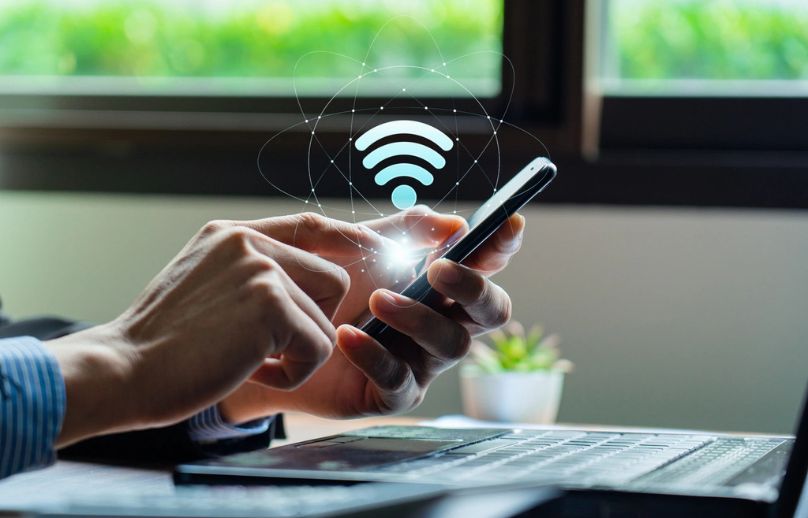Smart meters have become increasingly prevalent in homes across the globe, promising enhanced energy monitoring but sparking debate about potential health impacts from electromagnetic field (EMF) exposure.
This article examines the growing concerns about smart meter EMF emissions, analyzes reported health implications, and provides practical solutions based on both research and personal experience.
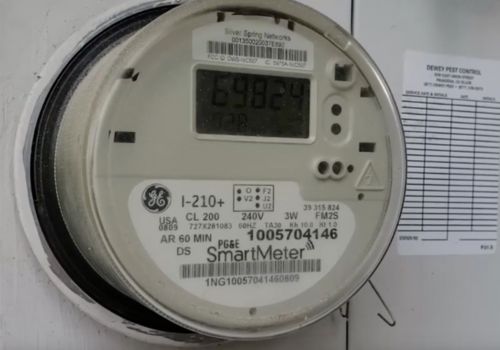
My goal is to help homeowners make informed decisions about managing their EMF exposure while navigating the reality of smart meter technology.
- Understanding Smart Meters and EMF
- Key Concerns with Smart Meter EMF
- Real-Life Impact: When Smart Meters Affect Health
- Reported Health Effects
- Measuring EMF Exposure
- Solutions for Concerned Homeowners
- Smart Meter Guards: My Tested Solution
- Distance and Placement Strategies
- Living with Smart Meters: Practical Accommodations
- Understanding the Opt-Out Process
- Legal and Regulatory Landscape
- Conclusion
Smart meters emit pulsed radiofrequency radiation throughout the day, creating a constant source of EMF exposure in homes that cannot be powered down or easily controlled by residents.
Understanding Smart Meters and EMF
Smart meters represent a significant technological shift in how utilities monitor and manage energy usage. Let’s examine how they function and the type of EMF they produce.
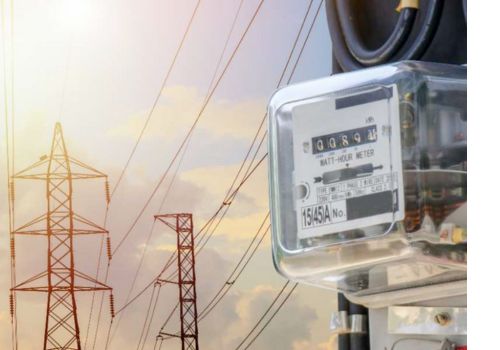
How Smart Meters Work
Smart meters operate by transmitting data using radiofrequency (RF) radiation, a form of electromagnetic energy. Unlike traditional analog meters, these devices communicate wirelessly with utility companies, sending usage data multiple times per day.
The RF signals emitted by smart meters are similar to those produced by other wireless devices, though their transmission patterns differ.
Transmission Patterns and Frequencies
Smart meters typically transmit data in brief but intense bursts, rather than the continuous transmission pattern seen in devices like cell phones or Wi-Fi routers.
While individual transmissions may last only a fraction of a second, these bursts can occur hundreds or even thousands of times per day, depending on the utility company’s programming.
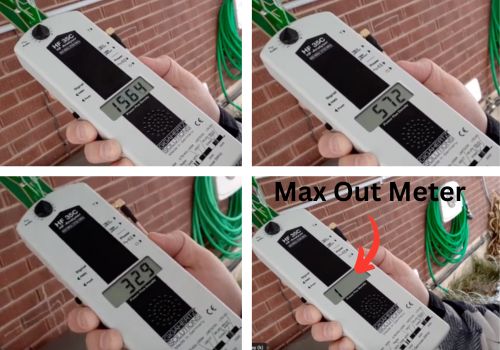
Smart meters typically operate in the 900 MHz to 2.4 GHz frequency range of the electromagnetic spectrum, similar to cell phones and Wi-Fi routers. However, the pulsed nature of their transmissions creates peak power densities that may exceed those of other common household devices during burst periods.
Key Concerns with Smart Meter EMF
As smart meters become standard in many regions, several specific concerns have emerged regarding their EMF emissions. These concerns highlight the unique challenges posed by smart meter technology that differentiate them from other common household EMF sources.
Signal Strength and Proximity
One primary concern regarding smart meters is their fixed location on homes. Unlike mobile devices that can be moved away from living spaces, smart meters are permanently mounted to buildings, often near bedrooms or frequently occupied areas. This fixed positioning means consistent exposure to EMF emissions, albeit at varying intensities depending on wall materials and distance.
Cumulative Exposure
While singular transmissions from smart meters may be brief, the cumulative effect of multiple daily transmissions creates a persistent exposure pattern. This constant presence of RF radiation, even at lower levels, raises questions about long-term health implications that may not be immediately apparent.
Lack of User Control
Unlike personal wireless devices that can be turned off or moved, residents have limited control over smart meter operations. This lack of agency in managing exposure levels has led to increased anxiety among health-conscious individuals who prefer to minimize their EMF exposure.
Real-Life Impact: When Smart Meters Affect Health
My friend Sarah’s experience illustrates the challenges many face when dealing with smart meter sensitivity. Shortly after her utility company installed a smart meter on her home, she began experiencing persistent headaches, sleep disturbances, and unusual fatigue—symptoms she had never dealt with before.
“The timing couldn’t be coincidental,” Sarah told me. “Within two weeks of installation, I couldn’t sleep through the night anymore, and I was getting headaches daily.”
When she contacted her utility company about her concerns, they initially dismissed any connection between her symptoms and the smart meter. It took three months, multiple doctor visits, and formal medical documentation of her symptoms before the company would consider removing the device and installing an analog electricity meter.
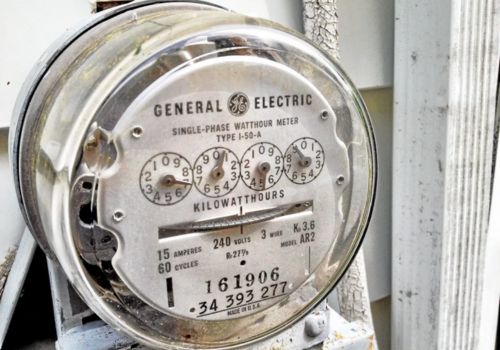
Even with medical documentation, the solution came at a cost. Sarah now pays a $25 monthly fee for the privilege of having a non-transmitting meter—essentially paying to not have technology that makes her ill. Her experience highlights both the potential health impacts and the bureaucratic obstacles many face when trying to address smart meter concerns.
Reported Health Effects
A growing number of individuals have reported various symptoms that they attribute to smart meter installations in their homes. Though individual experiences vary widely, these reported symptoms often correlate with installation timelines, raising questions about potential causative relationships.
Symptoms
Some residents living in homes with smart meters have reported experiencing various symptoms, including:
- Headaches and migraines
- Sleep disturbances
- Tinnitus (ringing in the ears)
- Concentration difficulties
- Fatigue
- Dizziness
- Heart palpitations
Potential Biological Impacts
Critics argue that RF radiation from smart meters may affect cellular function and biological processes in several ways:
- Disruption of the blood-brain barrier
- Cellular stress response
- DNA damage
- Oxidative stress
- Melatonin production interference
Measuring EMF Exposure
Smart meter emissions can be detected with consumer-grade RF meters, though their pulsed transmission patterns may require strategic timing or extended monitoring to capture peak readings.
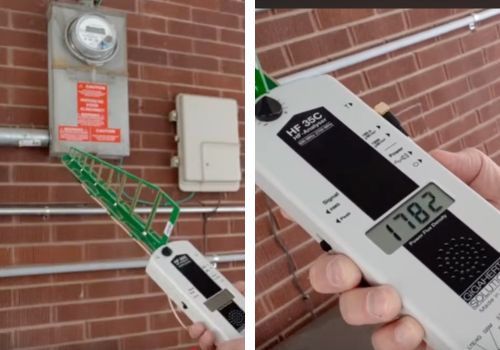
While basic measurements are accessible to homeowners using quality RF detection devices (view our recommended EMF meters), comprehensive assessment requires a methodical approach:
- Use EMF meters to establish baseline readings in different areas of your home
- Track exposure patterns at different times of day to identify peak transmission periods
- Document any health changes in relation to exposure levels
- Consider data logging equipment for long-term monitoring
This systematic approach to measurement provides valuable information for both evaluating your exposure risk and determining the effectiveness of any mitigation strategies you implement.
Regulatory Standards and Compliance
While smart meters generally comply with current FCC guidelines for RF exposure, critics argue that these standards:
- Focus primarily on thermal effects
- Don’t adequately address non-thermal biological impacts
- Were developed based on short-term exposure studies
- May not consider cumulative effects from multiple sources
Solutions for Concerned Homeowners
Many homeowners seeking to reduce their EMF exposure have found various mitigation strategies that can help minimize potential risks while navigating the reality that smart meters have become standard in many areas.
Smart Meter Guards: My Tested Solution
After researching various shielding methods and testing multiple products, I’ve personally installed and now recommend a specialized smart meter guard that significantly reduces RF emissions from entering living spaces.
The smart meter cover I use in my own home utilizes a blend of Copper/Nickel/Polyester Fiber that provides substantial protection against radio frequencies in the 10KHz to 3GHz range. What I appreciate most about this design is its breathable, transparent nature—utility technicians can still read the meter without removing the cover while the Faraday cage effect remains intact around the device.
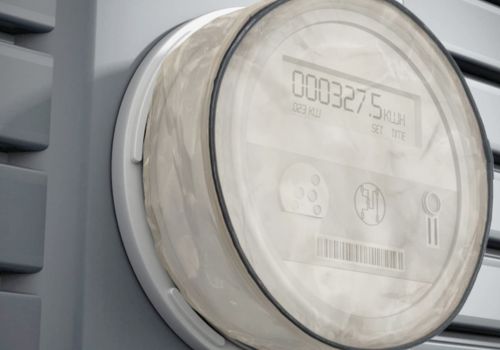
I found the installation process straightforward, requiring no special tools. The adjustable nylon ribbon closure system allowed for a custom fit to my particular meter model. In my personal testing with an RF meter, I measured approximately an 85-90% reduction in detectable RF radiation inside my home after installation.
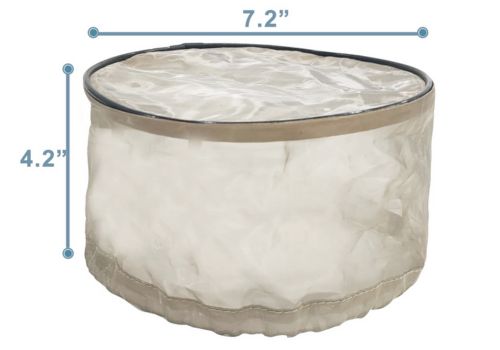
At under $25, these guards are remarkably cost-effective—especially when compared to the ongoing monthly fees and initial charges typically associated with opting out. When you consider that this one-time purchase can provide years of protection, it’s an incredible value. For the price of just two or three months of opt-out fees, you can implement a solution that requires no utility company approval and no recurring charges.
For those hesitant to pursue the often complicated opt-out process or don’t have the option, this solution offers an immediate and cost-effective alternative that you can implement yourself without utility company involvement. If you’d like to explore all your options before making a decision, I’ve created a detailed comparison of the top smart meter guards on the market based on my testing results.
Distance and Placement Strategies
The simplest and most cost-effective approach to reducing EMF exposure is strategic use of distance and thoughtful placement of living spaces within your home. Even a few additional feet of distance can significantly reduce EMF exposure levels due to the inverse square law of radiation.
Living with Smart Meters: Practical Accommodations
For those unable to opt out or install shielding, several practical strategies can help minimize exposure while living with a smart meter:
Home Layout Adjustments:
- Relocate sleeping areas to rooms furthest from the meter installation
- Move children’s beds and cribs to interior walls away from the meter
- Position home office workspaces at maximum distance from the meter
- Create “low EMF sanctuaries” in rooms furthest from utility installations
Usage Patterns:
- Spend less time in areas directly adjacent to smart meters
- Consider timing for sensitive activities (meditation, yoga, etc.) during periods when smart meters typically transmit less frequently (often late evening)
- Create temporal distance by using rooms near smart meters primarily during brief periods (like hallways or laundry rooms)
Enhanced Barriers:
- Add EMF-blocking curtains to windows near meter installations
- Position solid furniture (bookshelves, wardrobes, etc.) against walls with smart meters on the exterior
- Consider plantings outside near meter locations as an additional buffer
- Use shielded paint on interior walls adjacent to meter installations
Monitoring and Adaptation:
- Use EMF meters to identify “hot spots” in your home and adapt accordingly
- Track symptoms in relation to time spent in different areas
- Consider a “sleep sanctuary” approach by minimizing all EMF sources in bedrooms
Understanding the Opt-Out Process
For those with significant concerns about smart meter technology, pursuing an opt-out option may be preferable to mitigation strategies. However, this approach comes with its own set of challenges and considerations.
Challenges and Considerations
While challenging, opting out of smart meter installation is possible in many regions, though it presents several obstacles:
- Financial Impact: Most utilities charge $50-100 upfront plus $10-30 monthly fees
- Limited Availability: Some jurisdictions have no opt-out provisions
- Multi-Unit Challenges: Apartment dwellers often cannot opt out due to building policies
- Alternative Limitations: Many utilities offer only digital non-transmitting meters rather than true analog meters
Resources and Next Steps
For those wanting to pursue an opt-out option:
- Research Local Options:
- Check your utility’s website for their official opt-out policy
- Contact your state’s public utility commission for regulations (find your commission at NARUC.org)
- Documentation:
- Submit written requests through certified mail
- Keep copies of all correspondence
- Consider medical documentation if applicable
- Financial Considerations:
- Compare long-term opt-out fees against one-time shielding solutions
- Community Support:
- Connect with local advocacy groups like EMF Safety Network or Stop Smart Meters
- Some communities have successfully negotiated group opt-outs at reduced rates
Legal and Regulatory Landscape
Some jurisdictions have responded to public concerns by:
- Implementing opt-out programs
- Requiring additional safety studies
- Mandating disclosure of transmission frequencies
- Establishing stricter installation guidelines
Conclusion
While smart meters continue to be promoted as essential tools for modern energy management, their EMF emissions remain a source of concern for health-conscious individuals. The combination of frequent transmissions, fixed positioning, and mandatory installation in many areas creates a unique exposure scenario that warrants careful consideration.
As research continues and our understanding of EMF health impacts evolves, it becomes increasingly important to:
- Support additional independent studies
- Consider precautionary approaches to exposure
- Develop more user-controlled smart meter options
- Implement stronger safety guidelines
For individuals concerned about EMF exposure, staying informed about smart meter technology and taking practical steps to minimize exposure remains the most prudent approach while the scientific community continues to investigate potential long-term health effects.


